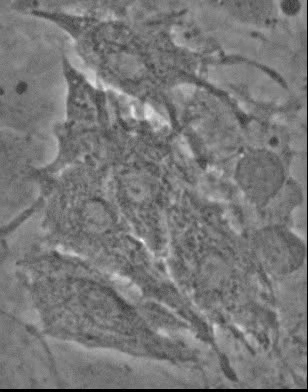
Heier Laboratory
Improving the Treatment of Pediatric
Muscle, Inflammatory & Heart Diseases
RESEARCH
We have several funded projects which focus on steroid signaling and gene expression in Duchenne muscular dystrophy (DMD) and other chronic inflammatory diseases. These are described briefly below. Techniques we use to address these questions include cell culture, molecular biology, gene expression analyses, ChIP-seq, gene knock-out (CRISPR cells and in vivo Cre systems), preclinical trials, live imaging, histology, serum analyses, proteomics,and expression profiling.

Can we more selectively "talk" to the GR to improve muscular dystrophy treatment?
We have several funded projects which focus on steroid signaling and gene expression in Duchenne muscular dystrophy (DMD) and other chronic inflammatory diseases. These are described briefly below. Techniques we use to address these questions include cell culture, molecular biology, gene expression analyses, ChIP-seq, gene knock-out (CRISPR cells and in vivo Cre systems), preclinical trials, live imaging, histology, serum analyses, proteomics,and expression profiling.
Can new MR antagonist drugs improve heart health?
We recently found vamorolone has an additional property where it acts as an antagonist of the mineralocorticoid receptor (Nr3c2, or MR). This is analogous to eplerenone, a clinical MR antagonist used to treat heart failure. In contrast, prednisone both acts as an agonist of the MR and worsens heart pathology in the mdx mouse model of DMD. Now, we are dissecting roles of the MR vs. GR in dystrophic heart failure with the goal of identifying treatment approaches that improve heart health in DMD patients.
Can we develop mechanism-defined biomarkers for inflammatory diseases?
There is a great need for non-invasive, objective, and statistically well-powered biomarkers that can measure drug responses in patients. This is particularly true for clinical trials in pediatric and rare diseases, where patients are particularly sensitive and clinical trial sizes are small. To address this need we have identified pharmacodynamic micoRNA and protein biomarkers that reflect anti-inflammatory efficacy, as well as safety biomarkers which can detect steroid side effects. Moving forward, we will further develop these mechanism-defined markers with the goals of using them to improve clinical management and of using them as surrogate endpoints to improve clinical trials for new drugs.

